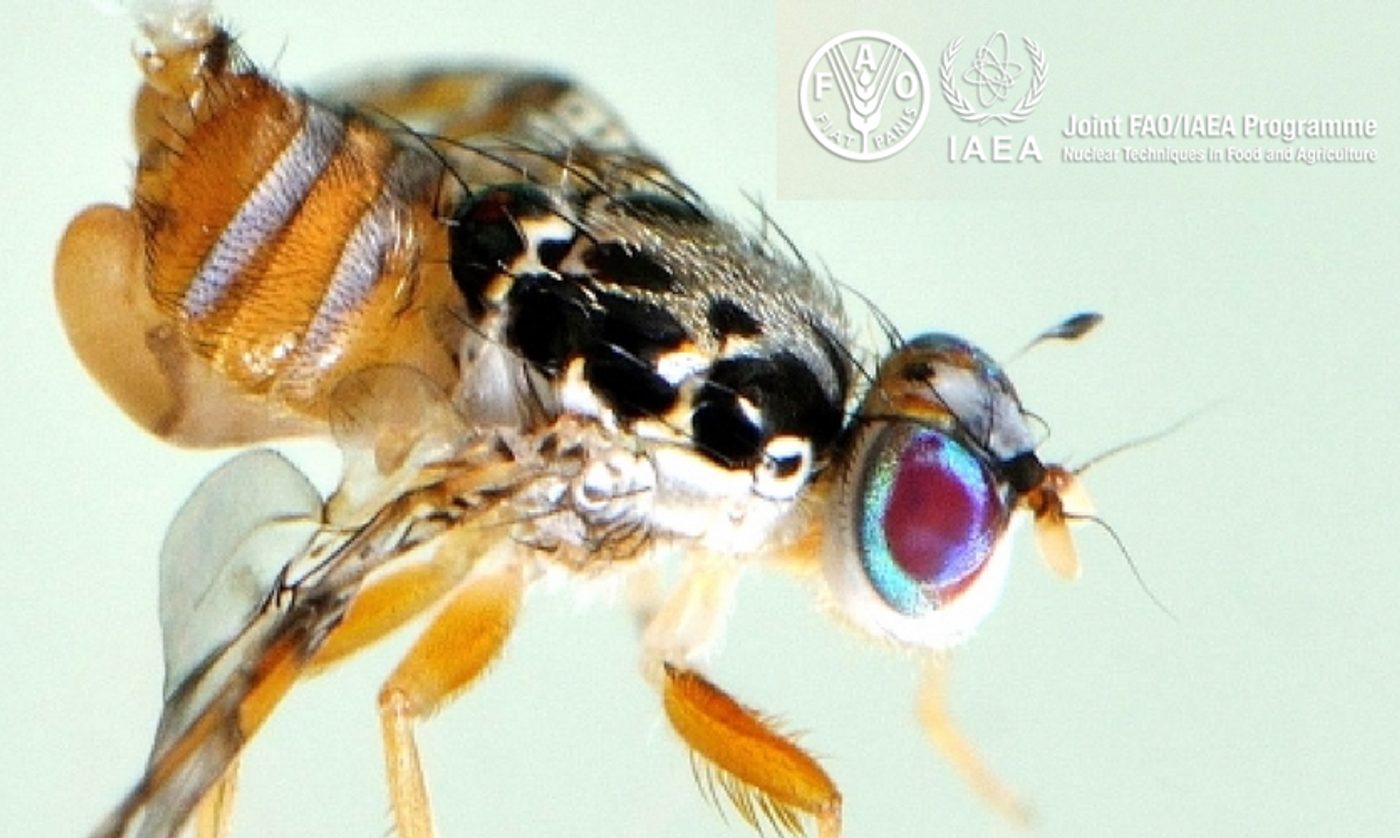The Nuclear Option for Pest Control
When speaking about methods in pest management, the idea of insecticides would probably be the first thing to jump into your head. If you are a biology-minded person, you would likely add biological control, and even the contentious pest-resistant GMO to your list. But one method is definitely not getting much attention - nuclear irradiation. An international conference co-organized by the Food and Agriculture Organization (FAO) and International Atomic Energy Agency (IAEA) helps put the use of nuclear techniques in controlling insect pests under the spotlight.
Image credit: FAO and IAEA
So how exactly can irradiation help combat the pesky crop-destroying disease-spreading insects? Sterile insect technique (SIT) utilizes radiation such as gamma rays and X-rays to sterilize mass-reared male insects. A study using the Ethiopian fruit fly revealed that a dose of 140 gray (one gray equals one joule of energy absorbed per kilogram of matter) of gamma radiation at the insect's pupal stage can completely sterilize the males. After nuclear treatment, the infertile males are released into the wild. Their mating with wild females fails to reproduce, resulting in a decline of the population. Since neither genetic manipulation nor chemicals are used, SIT is considered to be one of the most environment-friendly methods in insect pest management.
Conventional pest control relies on a single method, often leads to incomplete suppression of the insect population, and sometimes even pesticide resistance. The idea of an area-wide integrated approach has been introduced to encourage coordination and collaboration. SIT is a valuable component of such a strategy. For example, tsetse flies (or tik-tik flies) are large biting flies found mostly in tropical Africa. They cause African trypanosomiasis in both cattle and humans (the human form is also known as sleeping sickness). Because of its infestation in a total of 37 African countries, a large amount of fertile land is left uncultivated creating so-called 'green deserts'. The Senegal government has employed a combination of eradication methods including the use of pesticide, insect monitoring, and SIT. Since the use of this integrated management strategy, the wild population of the tsetse fly in targeted areas has dropped to nearly zero or had a reduction of over 95%.
Speaking to a panel of world pest control experts at the opening of the third International Conference on Area-wide Management of Insect Pests, the IAEA Director General Yukiya Amano called for more FAO-IAEA involvement in the development of integrated pest management strategies: “You are helping to strengthen food security for many millions of people. The IAEA, working with the FAO, is pleased to be your partner in helping countries to develop capacities for area-wide pest management.”
Source information:
https://www.iaea.org/newscenter/news/insect-pest-control-management-conference-discusses-new-techniques-and-approaches









